50-Minute Classroom: As Teachers, Always “on,” All the Time
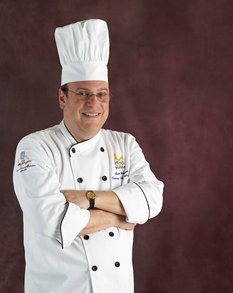 Says Chef Weiner, it’s time to assess ourselves as role models to our students, who witness more than we realize. And a tragedy hits home that we must work to positively influence those in our charge while we have the opportunity.
Says Chef Weiner, it’s time to assess ourselves as role models to our students, who witness more than we realize. And a tragedy hits home that we must work to positively influence those in our charge while we have the opportunity.
By Adam Weiner, CFSE
From January through April I addressed how to teach your students recipe skills and basic cooking skills. In May I took a break and wrote about the importance of teaching real networking. In that article, I stated that I would pick up with cooking techniques this month.
Please forgive me, but I changed my mind. I decided that with the end of the school year for most of you it is timely to consider our position as role models.
It is important that we, as teachers, take a look at ourselves and realize our impact upon students—sometimes beyond anything that we imagine. Further, we have skills and talents observed by our students without our realizing it. In May 2012, “The Gold Medal Classroom” published my article on assessment. So, now at the end of the year, it is time to do an assessment of ourselves as role models.

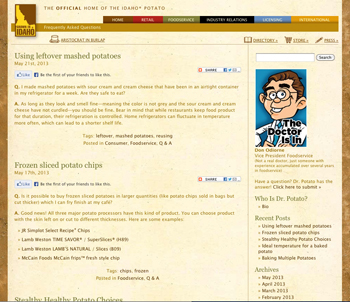 Find answers to hot (and cold) potato questions at
Find answers to hot (and cold) potato questions at 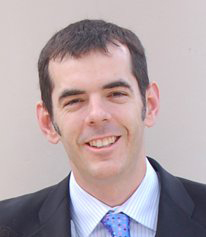 A significant profit center in any foodservice operation is energy efficiency and savings.
A significant profit center in any foodservice operation is energy efficiency and savings.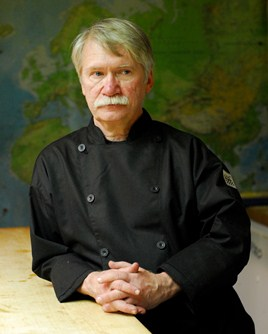 As cooks, we exist to express ourselves, learn and work together as a team and produce some amazing art that people in the dining room will eat, smell and enjoy.
As cooks, we exist to express ourselves, learn and work together as a team and produce some amazing art that people in the dining room will eat, smell and enjoy.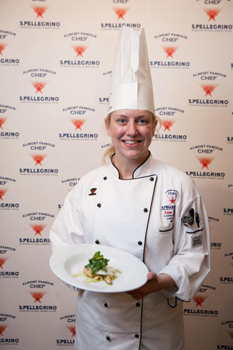 Kristen Thibeault of Le Cordon Blue College of Culinary Arts in Boston is the winner of the 11th-annual S.Pellegrino Almost Famous Chef Competition. She competed in multiple cooking competitions for the accolades, proving excellence at The Culinary Institute of America in Napa Valley, Calif.
Kristen Thibeault of Le Cordon Blue College of Culinary Arts in Boston is the winner of the 11th-annual S.Pellegrino Almost Famous Chef Competition. She competed in multiple cooking competitions for the accolades, proving excellence at The Culinary Institute of America in Napa Valley, Calif. Fourteen high-school students representing Technology Center of DuPage (TCD) in Addison, Ill., placed among the top 10 in five contests—including a 1-2-3 sweep in Commercial Baking—at the 2013 Illinois SkillsUSA Leadership and Skills Conference. The annual state championships were held April 11-13 in Springfield with more than 1,300 participants competing in nearly 100 contests.
Fourteen high-school students representing Technology Center of DuPage (TCD) in Addison, Ill., placed among the top 10 in five contests—including a 1-2-3 sweep in Commercial Baking—at the 2013 Illinois SkillsUSA Leadership and Skills Conference. The annual state championships were held April 11-13 in Springfield with more than 1,300 participants competing in nearly 100 contests.